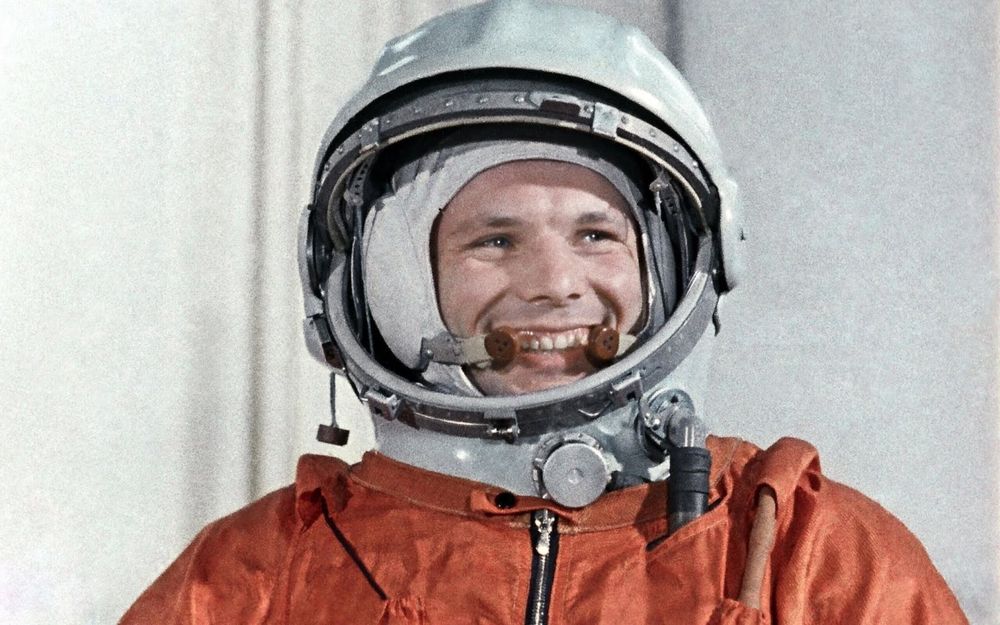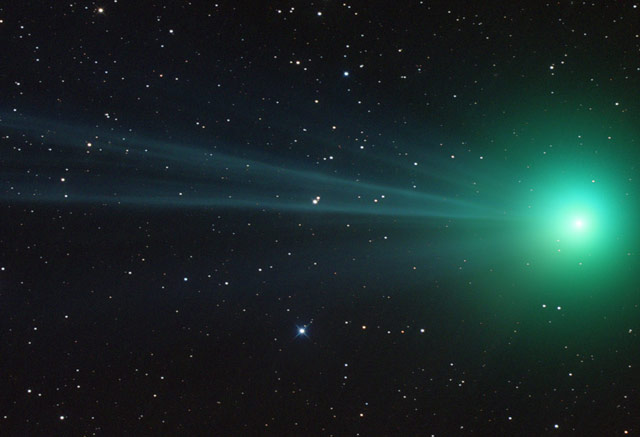Hi everybody
Here is the latest article from the Astronomy site at BellaOnline.com.
Absolute Beginners – Autumn Skies
As the long days of summer slip away and the skies darken earlier, the first stars of autumn appear. The centerpiece is the Great Square of Pegasus. It's the key to other autumn sights, including the most distant object you can see without a telescope - it's a billion billion miles away.
http://www.bellaonline.com/articles/art27364.asp
Have you tried the quiz "10 Basic Astronomy Facts"? It's at http://www.bellaonline.com/misc/quiz/quizdtl410 The current average score is 63%, but I bet you can do even better. Almost all the answers are in my articles.
I could see Jupiter in the clear twilight sky when I got home from work this evening. It's so bright that it took a while to pick it out from the aircraft lined up on their approach to Heathrow.
There are two anniversaries this week that were milestones in space exploration.
(1) On October 4, 1957 the world was stunned when the very first artifical satellite was sent into orbit. Sputnik 1 had everyone looking up and radio hams listening for its beep-beep-beep. Here is a recording, if you're interested in this bit of history http://www.jamsat.or.jp/sounds/sptnik.wav .
(2) Tomorrow is the 51st anniversary of the first images seen of the far side of the Moon. On October 7, 1959 Luna 3's pictures were quite a surprise. Most people assumed that the side of the Moon that we can't see was probably pretty similar to the one we can. However, unlike our familiar view, the far side turned out to have almost no dark maria. This puzzle is still keeping planetary scientists busy.
But a third anniversary is of a revolution in our astronomical understanding. On October 5, 1923, Edwin Hubble found Cepheid variable stars in a photograph of M31. This may not sound like the shot heard round the world to you, but it was the scientific equivalent.
In the 1920s, astronomers generally thought that the Milky Way, our galaxy, was the whole universe. Some people argued that some of the fuzzy objects called nebulae were, in fact, independent galaxies, but there was no evidence for it. This is because you really can't tell how far away something without more information about it.
As it happens, American astronomer Henrietta Leavitt discovered that a certain type of variable star, called Cepheid variables, followed a pattern in their change of brightness that did allow astronomers to work out their distances. (They are used for this purpose even today.)
So Edwin Hubble was quite excited when he found Cepheid variables on a photograph taken of M31 by the Hooker Telescope at Mt Wilson in California. M31 is the Messier Catalog number for what we now call the Andromeda Galaxy. Hubble's rough calculation of the distance was less than today's standard figure, but it was big enough to make it clear that M31 was not an object in the Milky Way.
By the way, this week's article tells you where to find the Andromeda Galaxy in the sky. If you have a fairly dark, clear sky, you can actually see it without a telescope of binoculars, but it will just look like a fuzzy blob.
That's all for this week.
Please visit astronomy.bellaonline.com for even more great content about Astronomy.
To participate in online discussions, this site has a community forum all about Astronomy located here -
http://forums.bellaonline.com/ubbthreads.php?ubb=postlist&Board=323
I hope to hear from you sometime soon, either in the forum or in response to this email message. I welcome your feedback!
Do pass this message along to family and friends who might also be interested. Remember it's free and without obligation.
astronomy Newsletter








